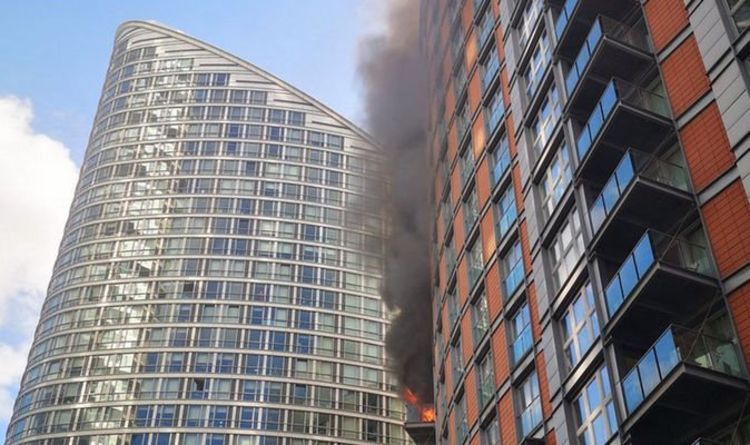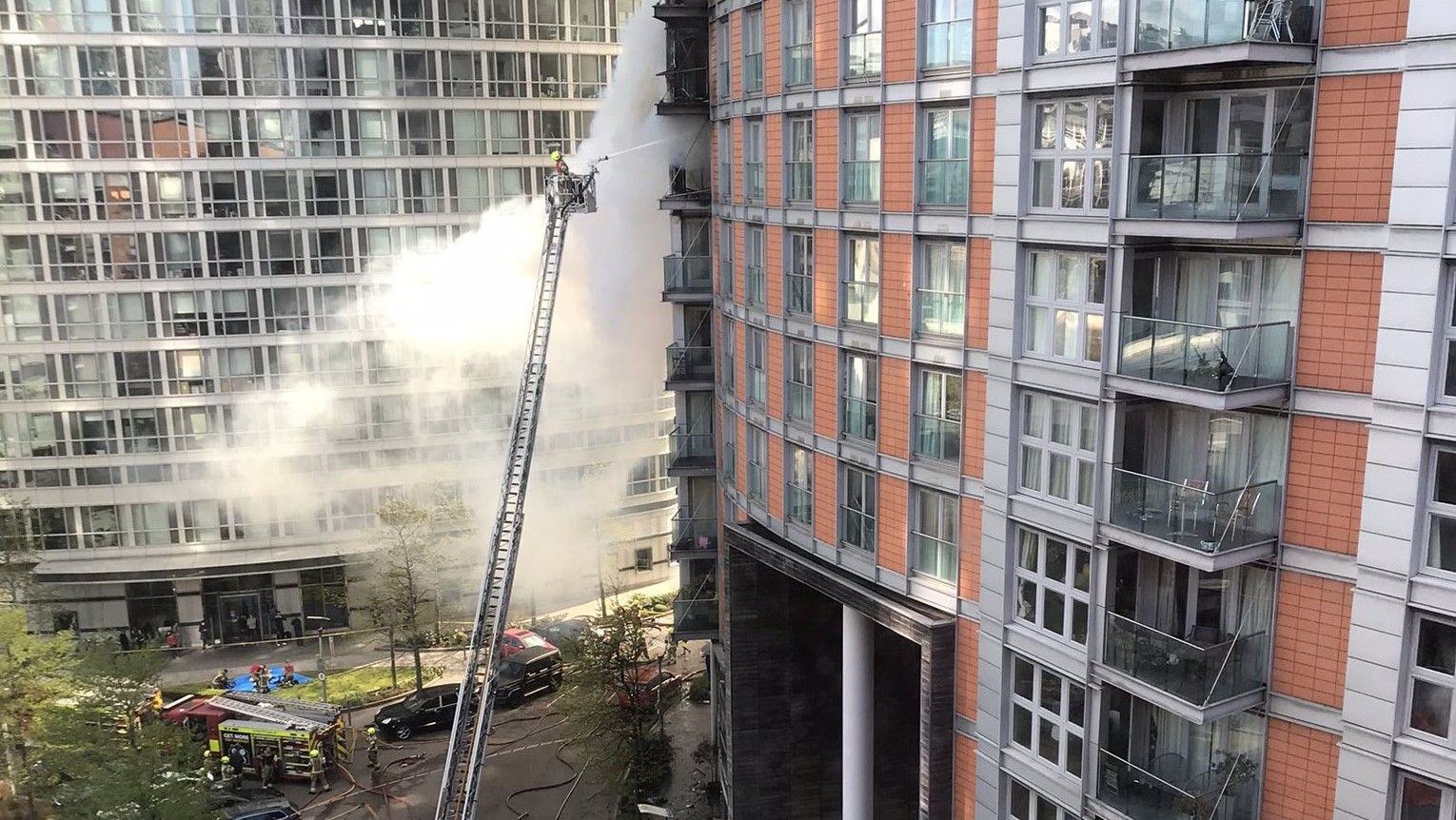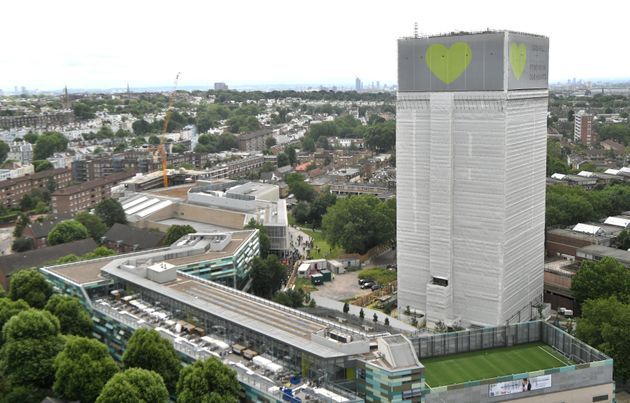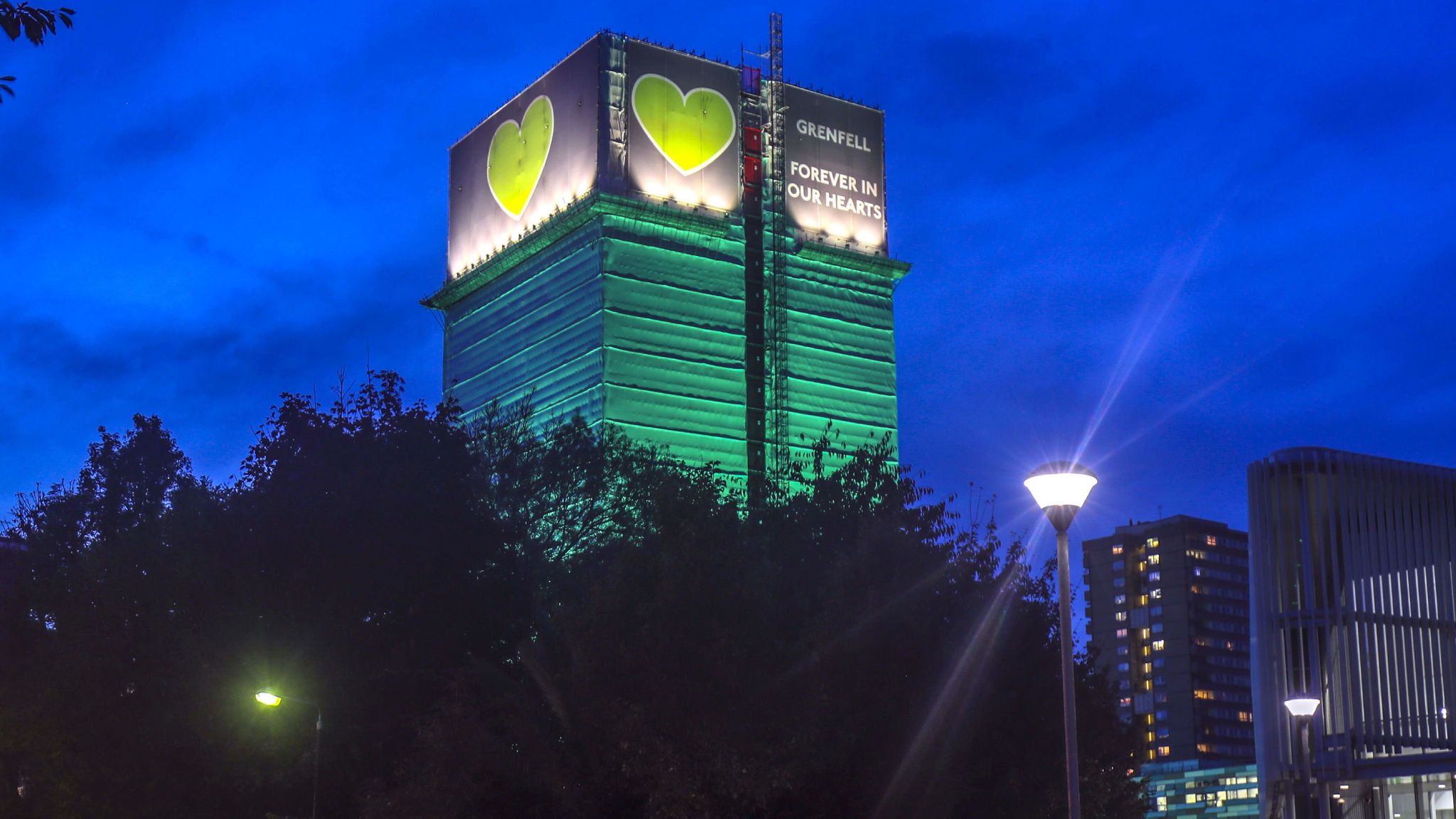
Timber decking to blame for fire spread in Poplar
In early May, just weeks before the 4th anniversary of the deadly Grenfell Tower fire tragedy,...

Let one of our representatives take you around the system.

As we approach the 4th anniversary of the devastating Grenfell Tower fire, the events of that fiery morning resurface. Extinguished hopes of closure are reignited as the public asks for answers: what has been done in light of the disaster? Are we any closer to finding and executing a solution to mitigate a similar tragedy?
In the midst of these open questions and diminishing hope for swift answers, another fire strikes. On the morning of Friday 7th May 2021, only five weeks before Grenfell Tower’s 4th anniversary, residents of a high-rise apartment building, draped with the notable ‘Grenfell-style’ cladding, had to evacuate when a fire started in a flat on the eighth floor, with some being stranded on their balconies until firefighters got the inferno under control. The blaze spread through the eighth, ninth and tenth floors of the 19-storey building in half and hour, with smoke engulfing at least six floors, according to video footage taken by residents who escaped.
It took around 125 firefighters and 20 fire engines to control the blaze. 38 adults and 4 children were treated at the scene by London ambulance service crews, with two men taken to hospital for smoke inhalation. No lives were lost, however one firefighter was injured. London Fire Brigade said they conducted 35 rescues, 22 of which used their fire escape hoods, and 18 self evacuated. Witnesses and residents said that they were alerted by people outside and community WhatsApp groups, rather than waking watch patrols and active fire stopping systems.
While the cause of the fire is yet to be determined, the developer of the New Providence Wharf scheme in East London, released a statement claiming that the ACM cladding, now colloquially known as ‘Grenfell-style’ cladding, on the building played no part in the fire, as it did not combust, cause or facilitate the fire. However, the statement did not clarify how the blaze spread from the eighth floor to the ninth and tenth floors. Previously, the developer said that the aluminium composite material (ACM) panels were only on 22% of the building’s façade.
Last weekend, over 300 people attended a protest to highlight the issues homeowners of flats with ‘Grenfell-style’ cladding are facing, since they are unsellable until developers change the ACM cladding. Thousands of buildings are affected by the post-Grenfell fire safety crisis, leaving homeowners stuck with unsellable properties, residents worrying for their safety should a fire break out, and developers caught in a whirlwind of chaos and pandemic-related delays.
According to a member of the New Providence Wharf leaseholders and residents association, work should have started last year which was delayed until May and now again postponed until June, due to the lengthy waiting times for government funding. Meanwhile, the cost to repair the complex’s cladding rose to £11.6m, with the government covering £8m and the developer only contributing £500,000, leaving leaseholders to foot a £3.1m bill.
Around 300 buildings were reported have the same ACM cladding blamed for the Grenfell Tower fire. In November 2020, 203 buildings still had some form of Grenfell-ACM cladding, with 17 of those still without plans to remove or change it, while nearly 1700 more have some form of dangerous cladding like timber or high-pressure laminate (HPL). In February 2021, HSE announced a new Chief Inspector of Buildings, Peter Baker, to: “Head up the Building Safety Regulator to deliver the new regime for high risk buildings, oversee work to increase competence of all professionals working on buildings and ensure effective oversight of the entire building safety environment”.
In an article for the Guardian, Grenfell United, which represents the bereaved and survivors from the June 2017 disaster, said:“Enough is enough. The government promised to remove dangerous cladding by June 2020. It has completely failed its own target and every day that goes by lives are at risk. Today more people have lost their homes in another terrifying fire. The government needs to treat this as an emergency and stop stonewalling residents who are raising concerns. No more games, no more excuses”.

Timber decking to blame for fire spread in Poplar
In early May, just weeks before the 4th anniversary of the deadly Grenfell Tower fire tragedy,...

Reflection on the past four years
Today marks the 4th anniversary of the Grenfell Tower tragedy, the worst residential fire since the...

"Grenfell Cladding" failed 2004 fire tests according to document leak
The reports swirling around the Grenfell Tower fire following the recent document leak are ablaze...